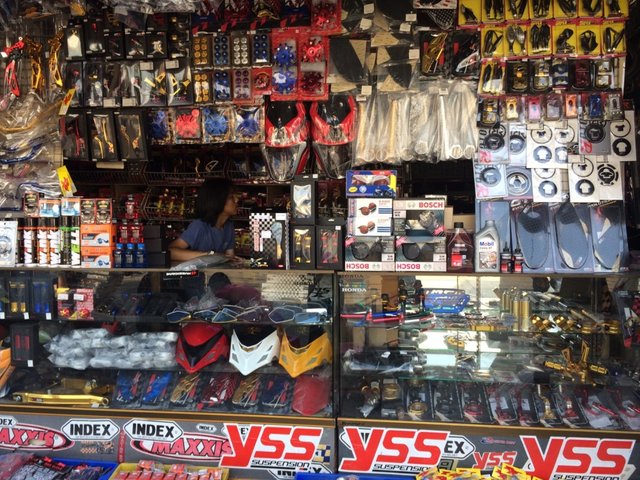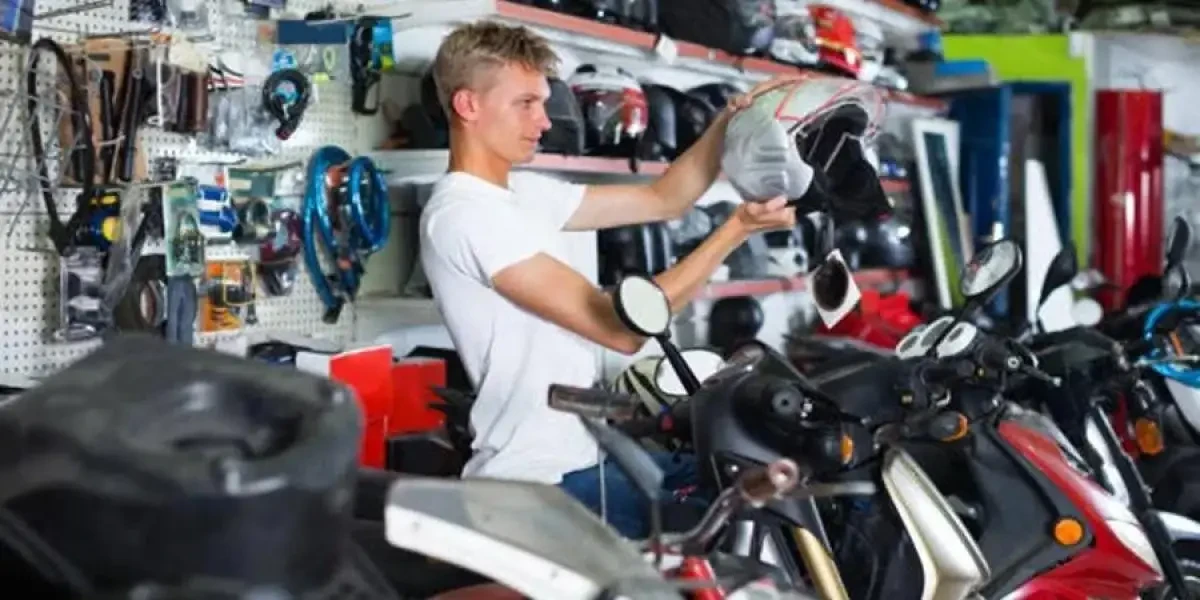Store the most effective MX Parts NZ for Your High-Performance Bike
Store the most effective MX Parts NZ for Your High-Performance Bike
Blog Article
Recognizing the Vital Parts of a Motorcycle: A Comprehensive Overview for Fanatics
For motorbike fanatics looking to boost their riding experience and guarantee their bikes run smoothly, recognizing the important components of a motorbike is vital. Each component, from the engine's elaborate workings to the essential role of the braking mechanisms, not only influences performance yet additionally safety and convenience.
Engine Components

The camshaft plays a vital function in managing the timing of the engine's shutoffs, making certain the accurate opening and closing essential for efficient fuel and air consumption, in addition to exhaust expulsion. This timing is vital to maintaining optimum engine efficiency and efficiency. In addition, the carburetor or fuel injection system, depending upon the bike design, is in charge of mixing air with fuel in the correct proportion for combustion.
The air conditioning system, either air or liquid-based, works to maintain the engine's temperature level within functional limitations, protecting against getting too hot and guaranteeing longevity - motox parts nz. Each component, meticulously designed and integrated, adds to the smooth procedure of the engine, defining the motorcycle's power output and overall efficiency
Transmission System
Integral to the motorcycle's functionality, the transmission system guarantees reliable power transfer from the engine to the wheels. This system makes up several critical elements, including the clutch, gearbox, and final drive, each playing a crucial function in equating the engine's power right into motion. The clutch, generally run by a hand bar, serves to disengage the engine and engage from the transmission, enabling for smooth equipment adjustments and controlled velocity.
The transmission, commonly referred to as the transmission appropriate, includes a set of equipments that riders can by hand move through to readjust the bike's speed and torque result. These gears are set up in a series that makes it possible for the bike to increase smoothly and maintain optimum engine efficiency throughout various speeds. The majority of motorbikes utilize a sequential transmission, needing the biker to shift equipments in an established order.
Braking Devices
While understanding the transmission system is crucial to using a bike's power, just as vital is the ability to manage and stop that power successfully, which is where braking devices come right into play. Brakes are important for safety and performance, supplying the motorcyclist with the essential control to browse various terrains and conditions. Typically, motorbikes feature two sorts of braking systems: disc brakes and drum brakes.
Disc brakes are more widespread in modern bikes due to their premium performance. This system provides much better warmth dissipation, consistent efficiency, and enhanced quiting power, specifically in wet problems.
On the other hand, drum brakes, though less typical, are still discovered in some bikes. They function by pressing brake shoes versus the internal surface of a drum affixed to the wheel. While typically less reliable in heat dissipation and stopping power, drum brakes are less complex and more cost-effective.
Comprehending these braking systems' subtleties enables motorcyclists to preserve their motorbikes correctly and appreciate the design that makes certain safe and efficient stopping.
Suspension and Guiding
Suspension and guiding systems are important components that considerably influence a motorbike's handling and experience convenience. The suspension system, including forks at the front and shock absorbers at the back, absorbs roadway irregularities, enhancing security and control. Front forks, typically telescopic or upside down, compress and rebound to mitigate influences, while rear shock absorbers preserve tire call with the road, crucial for grip and security.
Guiding, centered around the handlebars, links the cyclist to the bike's directional control. The guiding head bearings ensure smooth procedure, permitting precise maneuverability. Correct placement and upkeep of these bearings are essential for predictable guiding action and minimizing motorcyclist fatigue.
The suspension's adjustability is an additional crucial aspect; preload, damping, and rebound setups permit personalization to match various riding conditions and styles. This adaptability is crucial for maximizing efficiency, whether browsing urban streets or tackling rugged routes. Advancements like digital suspension systems provide real-time adjustments, enhancing ride quality across diverse surfaces.

Electrical Solutions
After guaranteeing a controlled and smooth trip through efficient suspension and steering systems, interest transforms to the electrical systems, an essential element of modern-day motorbikes. These systems play an essential role not only in starting the engine Recommended Reading yet likewise in powering numerous elements that improve the capability and safety of the motorcycle.
At the heart of a bike's electrical system is the battery, which stores electric power required for beginning the engine and powering supporting systems - motocross gear. The generator or generator, combined with the rectifier-regulator, guarantees the battery remains billed while the bike functions, converting power right into electrical power and keeping voltage levels
The ignition system, another vital part, is liable for igniting the air-fuel mixture in the engine's cylinders. Modern motorcycles frequently make use of a digital ignition system, supplying better effectiveness and integrity compared to typical systems.
Illumination systems, consisting of fronts lights, tail lights, and signs, are likewise important, ensuring exposure and safety and security for the rider. Added electronic parts such as sensors, control devices, and displays add to sophisticated attributes like gas shot management, anti-lock stopping systems (ABDOMINAL), and electronic dashboards, even more boosting the riding experience.
Final Thought
A comprehensive comprehension of a motorbike's vital parts, including the engine, transmission system, stopping devices, suspension, steering, and electric systems, is essential for fanatics aiming to optimize convenience, performance, and safety. Mastery of these components permits informed decisions relating to upkeep and upgrades, eventually improving the riding experience. By integrating this knowledge, motorcyclists can ensure their motorbikes operate at peak efficiency and reliability, consequently optimizing both satisfaction and longevity of their lorries.
For motorbike fanatics looking to raise their riding experience and guarantee their bikes run efficiently, understanding the essential parts of a motorcycle is vital.Important to the motorcycle's capability, the transmission system ensures efficient power transfer from the engine to the wheels.While comprehending the transmission system is key to harnessing a motorbike's power, similarly important is the dirt bike battery capability to control dot approved half helmets and quit that power properly, which is where stopping devices come into play. Commonly, motorbikes include two types of braking systems: disc brakes and drum brakes.
A comprehensive comprehension of a motorcycle's necessary parts, including the engine, transmission system, stopping mechanisms, suspension, guiding, and electrical systems, is important for lovers intending to enhance comfort, performance, and safety and security.
Report this page